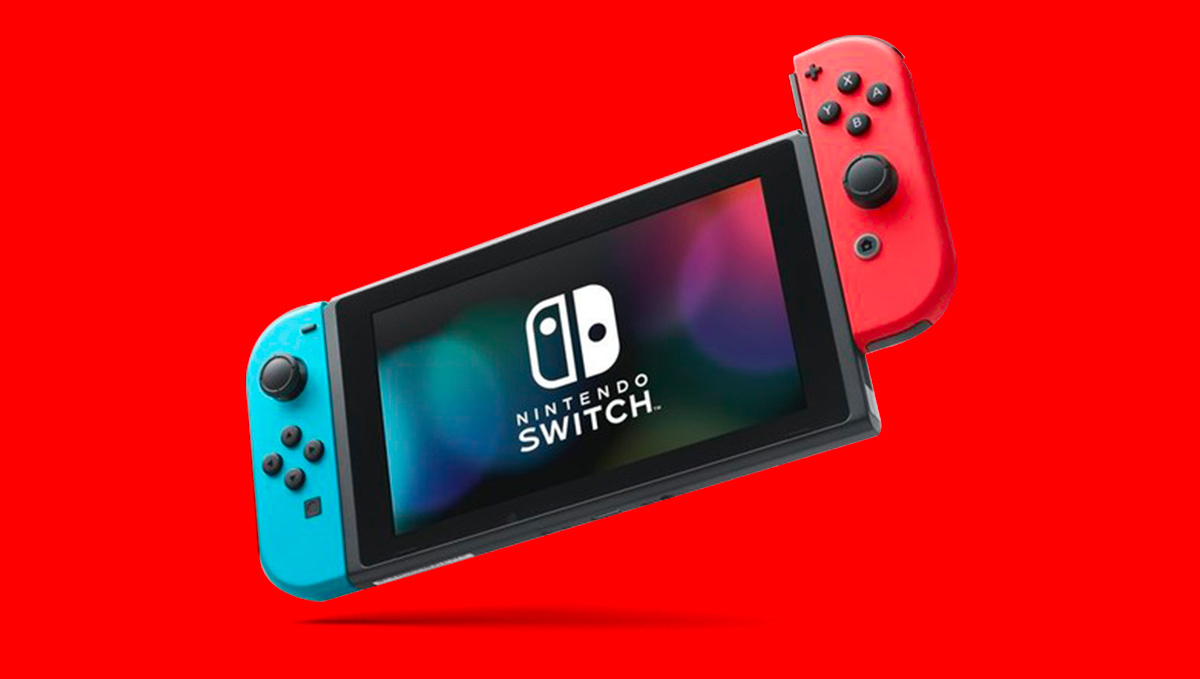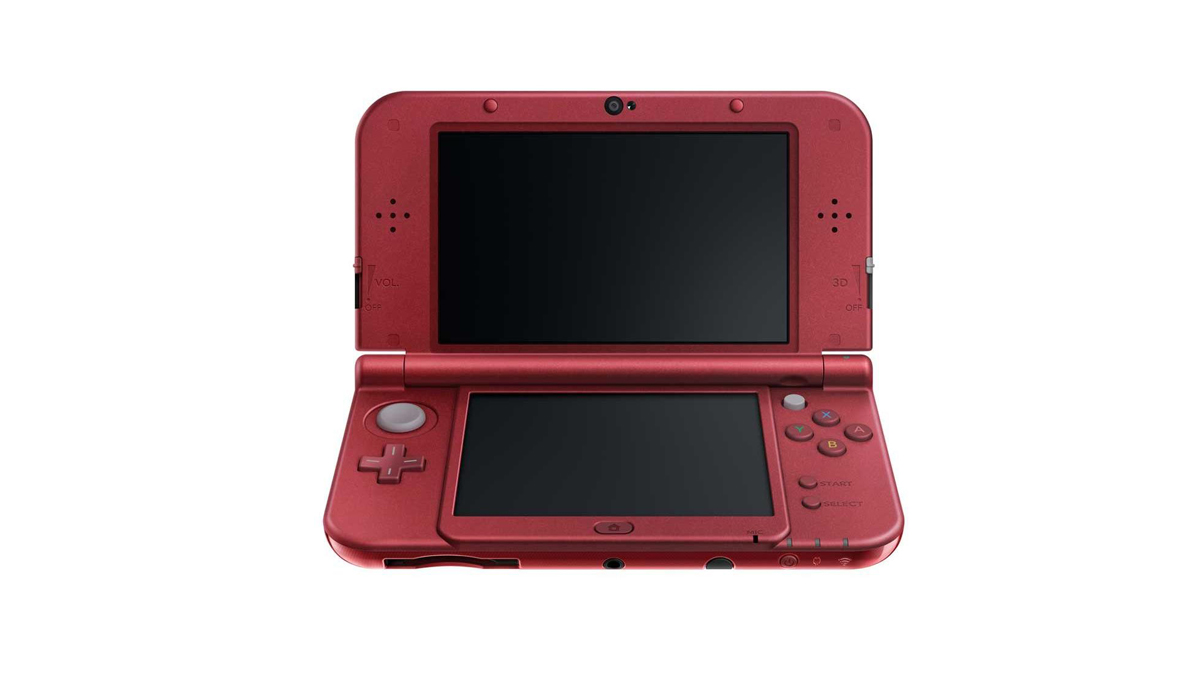Best of Nintendo from the past decade (2010-2019): From revolutionizing the handheld to more great Pokémon
Ranking the Nintendo gaming systems of the 2010s from best to worst
In the last 10 years, Nintendo released incredible hits as well as horrendous flops. Here are all of the Nintendo gaming systems ranked from best to worst.
1. Switch (Original & 2.0)

I found the perfect video game console. The Switch manages to be both an easygoing handheld that you can pop out and play whenever and wherever, and a home console where you can shred epic fantasies on the full screen. It is the perfect solo device when you're waiting at the doctor's office, and is also great for group gatherings. Whether you connect to a dock or use the 7-inch touch-capacitive screen, the Switch is versatile enough to be the right console at the right time for practically any occasion. Its unique hybrid design makes it not only the most interesting release Nintendo has launched in the past decade but also the most innovative across the gaming landscape. -Lory Gil
2. 3DS (All variants)

The 3DS revolutionized the portable handheld video game system as we know over the past decade. Due to the clamshell design, you didn't have to worry about damaging either of the two screens inside since they were both protected. Just slip it into your pocket and go! While the 3DS went through several design changes, the base clamshell design remained, making it a classic that we can't forget. It was comfortable to hold, the buttons provided good feedback, the casing was extremely durable, and it had a huge library of excellent games, from Nintendo themselves as well as plenty of third-party support. -Christine Romero-Chan
3. Switch Lite

After the rousing success of the larger Switch hybrid, Nintendo released its less expensive and more brightly colored handheld-only Switch. While this console doesn't offer all of the functionality of the larger Switch, it does make it $100 easier to play Nintendo Switch games. The smaller Switch feels amazing in your hands, more so than the original console, because it was designed solely for handheld mode. With its happy yellow, turquoise, and sleek gray colors, the Switch Lite just looks awesome and is a great secondary system for any Switch owner. -Rebecca Spear
4. 2DS (All variants)

The 2DS is the less-cool younger sibling of the 3DS. It plays all of the same games and works pretty much the same except for the fact that the 2DS didn't offer the snazzy 3D vision. Nintendo seemed to want to discourage anyone from picking up this less expensive device by making the first iteration an incredibly clunky square device that couldn't fold in half. However, as with the 3DS, the 2DS went through several different versions and eventually got made into a sleek little handheld. It was a great option if you were a parent worried about your child's vision getting destroyed by the 3D technology found in the 3DS or if you simply wanted to save some money and still play 3DS games. The only thing I didn't like about it was the confusing names of the last few versions. It was hard to search for and tell the New 2DS XL and the 2DS XL apart since they were named so similarly. -Rebecca Spear
5. Wii U

To say that the Wii U was a disaster is a bit of an understatement. From the name to a crippling lack of games, it was not Nintendo's finest hour. Though it is considered a smudge on a long record of great consoles, the Wii U did pave the way for the Switch. Plus, it holds a special place in my heart. Nintendo is known for trying out new ways to explore gaming and it's had a fair amount of failures, but these attempts have helped it find new and innovative ways to play games. While the Wii U's controller design was bulky and could not travel far, it helped establish the Switch as we know and love it today. -Sara Gitkos
iMore offers spot-on advice and guidance from our team of experts, with decades of Apple device experience to lean on. Learn more with iMore!

iMore.com is your source for all things Apple, and the IM Staff author represents our collective hivemind, for those occasions when the whole team speaks with one voice to bring you important updates about the site, editorial policies, awards, promotions and more.
The iMore team of Apple enthusiasts and experts shows you how to get the most out of your tech life by using Apple products and the apps, services, and devices they connect with to their fullest. iMore is a mainstay in the Apple community for good reason. Every single iMore writer and editor takes their job seriously, and we prioritize accuracy and editorial independence in everything we do, never receiving compensation for coverage and never pulling punches.
As well as our amazing group of regular contributors, the iMore staff team currently consists of:
Gerald Lynch — Editor-in-Chief
Stephen Warwick — News Editor
Daryl Baxter — Features Editor
John-Anthony Disotto — How To Editor
Tammy Rogers — Senior Staff Writer
James Bentley — Staff Writer
